North Dakota, located in the Midwestern region of the United States, is a state known for its stunning natural beauty, rich history, and vibrant culture. With its expansive prairies, towering badlands, and charming small towns, North Dakota offers a unique blend of outdoor adventure and cultural experiences. To help visitors and residents navigate this beautiful state, we have created a detailed map of North Dakota with cities and highways.
This map highlights North Dakota’s major cities, including Fargo, Bismarck, Grand Forks, and Minot, as well as its primary highways and roads. Whether you’re planning a road trip or simply want to explore North Dakota’s unique landscape and culture, this map is an essential tool. So, grab your map and get ready to discover all that North Dakota has to offer, from its world-renowned national parks to its charming small towns and everything in between.
Printable North Dakota Map With Cities and Highways
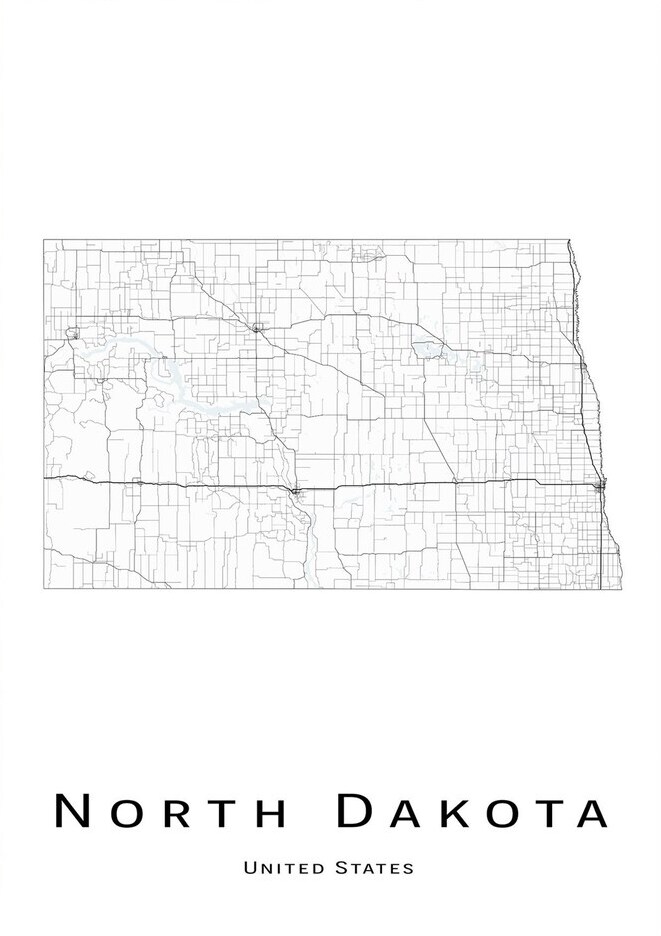
Cities
Bismarck
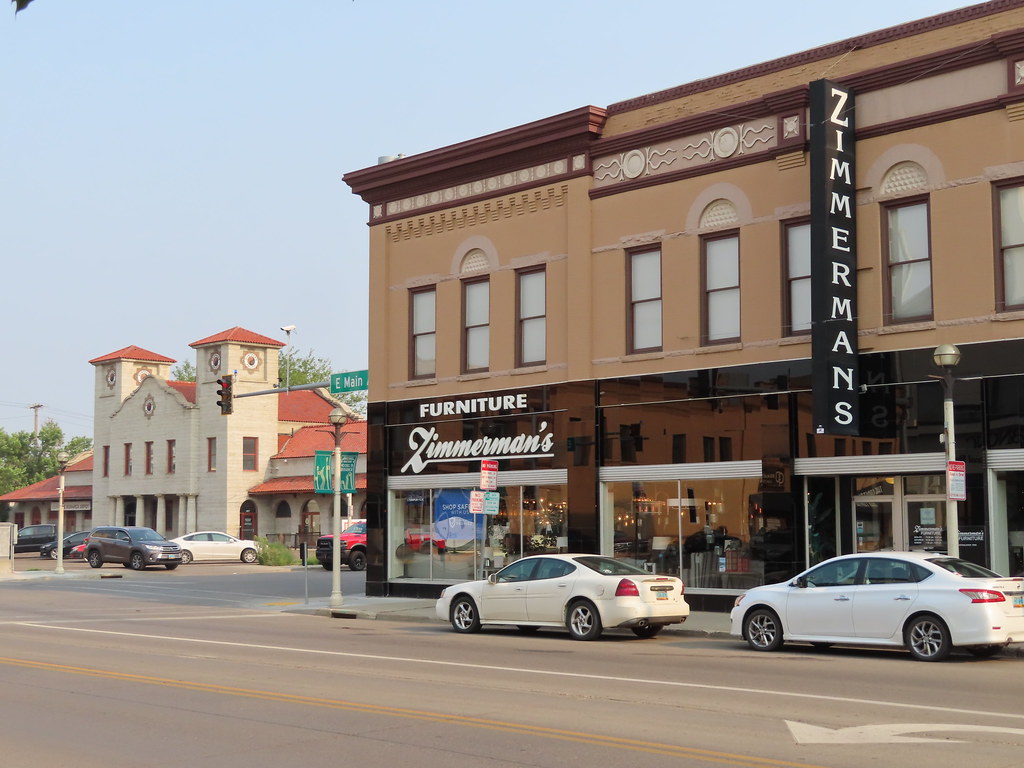
Bismarck is a vibrant city located in the U.S. state of North Dakota. The city was founded by European-Americans in 1872 on the east bank of the Missouri River and is the capital of North Dakota and the county seat of Burleigh County. Bismarck is the state’s second-most populous city, after Fargo, with a population of 73,622 in the 2020 census, while its metropolitan population was 133,626.
Forbes magazine ranked Bismarck as the seventh fastest-growing small city in the United States in 2020. The city is a hub of retail and healthcare and the economic center of south-central North Dakota and north-central South Dakota.
The North Dakota State Capitol is located in central Bismarck, and the state government employs more than 4,600 people in the city. Bismarck is across the river from Mandan and together, the two cities make up the core of the Bismarck-Mandan Metropolitan Statistical Area. Overall, Bismarck is a thriving city with a rich history and a bright future.
Grand Forks
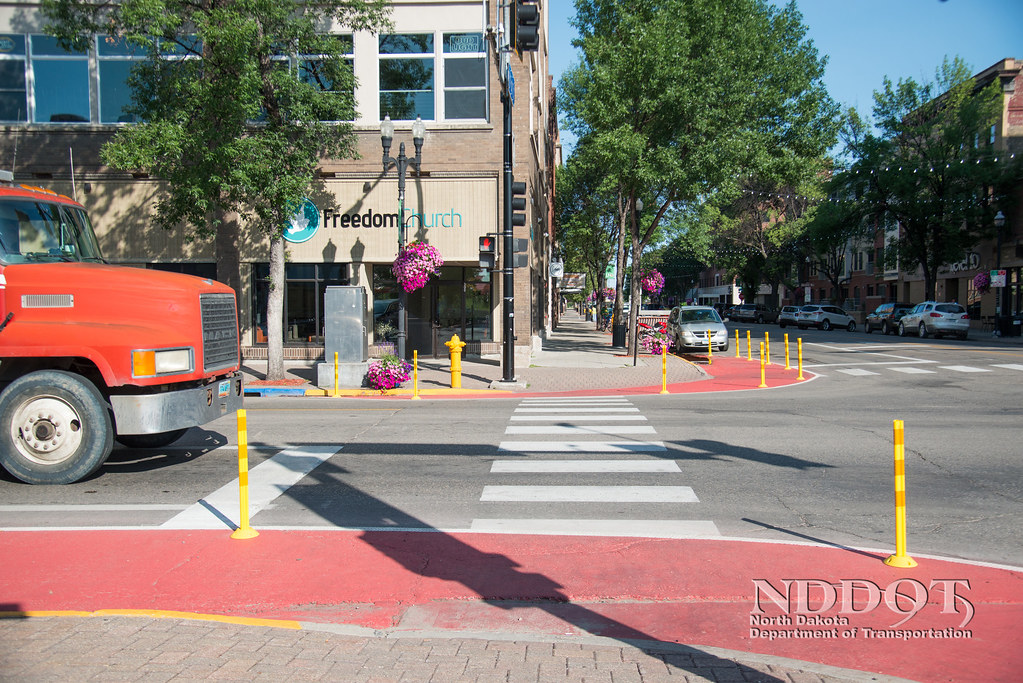
Grand Forks is a thriving city located on the western banks of the north-flowing Red River of the North in the U.S. state of North Dakota. The city is the third most populous in the state, after Fargo and Bismarck, with a population of 59,166 according to the 2020 census. Grand Forks is also the county seat of Grand Forks County and forms the center of the Grand Forks, ND-MN Metropolitan Statistical Area, which is often called Greater Grand Forks or the Grand Cities.
The city was originally called Les Grandes Fourches by French fur traders from Canada, who had long worked and lived in the region. Steamboat captain Alexander Griggs platted a community after being forced to winter there, and the town was incorporated on February 22, 1881. Grand Forks is named for its location at the fork of the Red River and the Red Lake River.
The city’s economy has broadened to include a wide variety of industries, including higher education, defense, healthcare, manufacturing, food processing, and scientific research. Grand Forks is also home to the oldest institution of higher education in the state, the University of North Dakota, as well as several cultural venues, including the Empire Arts Center and Chester Fritz Auditorium.
Fargo
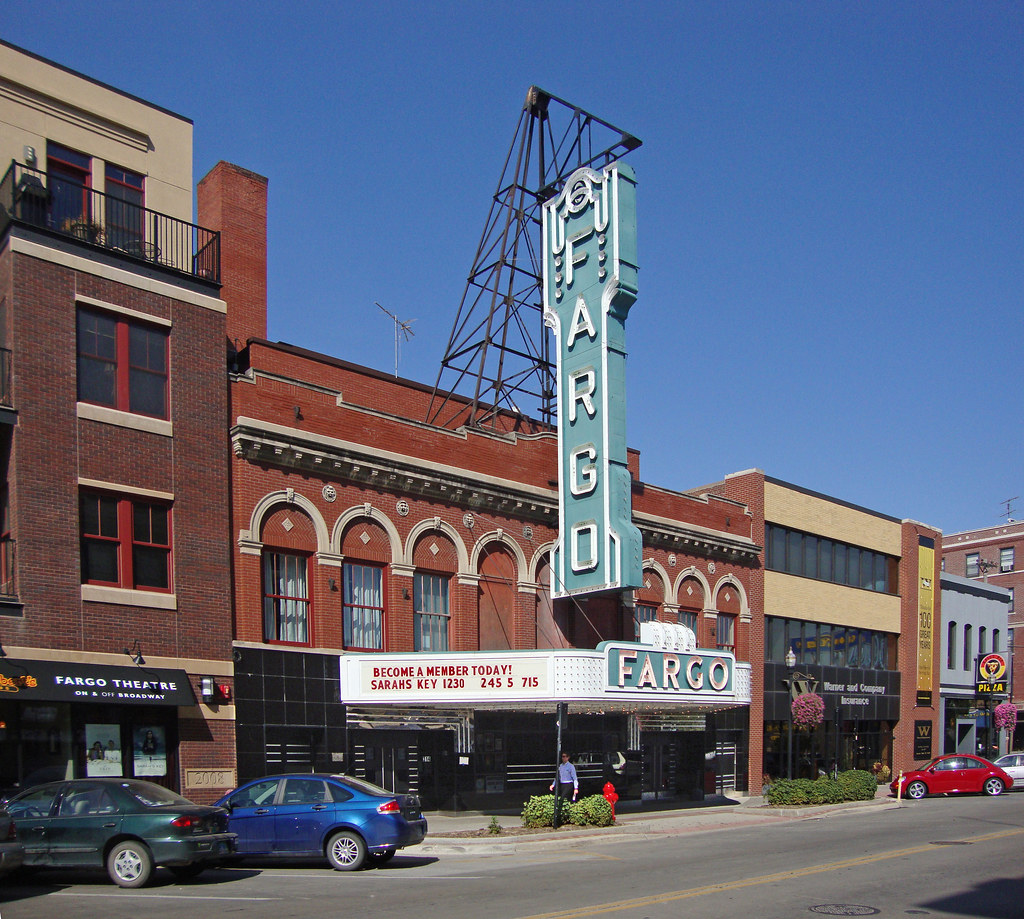
Fargo is a dynamic city in North Dakota and the county seat of Cass County. According to the 2020 census, its population was 125,990, making it the most populous city in the state and the 219th-most populous city in the United States.
Fargo, along with its twin city of Moorhead, Minnesota, and the adjacent cities of West Fargo, North Dakota, and Dilworth, Minnesota, form the core of the Fargo–Moorhead, ND-MN Metropolitan Statistical Area (MSA), which had a population of 248,591 in 2020. Fargo was founded in 1871 on the Red River of the North floodplain and has since become a cultural, retail, healthcare, educational, and industrial center for southeastern North Dakota and northwestern Minnesota.
The city is home to North Dakota State University, which is a major research university and a member of the North Dakota University System. Fargo is also known for its vibrant downtown area, which features a variety of shops, restaurants, and entertainment venues. Overall, Fargo is a bustling city with a rich history and a bright future.
Minot

Minot is a vibrant city located in the north-central region of North Dakota and the county seat of Ward County. The city is most widely known for the Air Force base located approximately 15 miles (24 km) north of the city.
With a population of 48,377 at the 2020 census, Minot is the state’s fourth-most populous city and a trading center for a large part of northern North Dakota, southwestern Manitoba, and southeastern Saskatchewan. Minot was founded in 1886 during the construction of James J. Hill’s Great Northern Railway and is also known as “Magic City,” commemorating its remarkable growth in size over a short time.
The city is the principal city of the Minot micropolitan area, which covers McHenry, Renville, and Ward counties and had a combined population of 77,546 at the 2020 census. Overall, Minot is a thriving city with a rich heritage and a lot of promise.
West Fargo
West Fargo is a rapidly growing city located in Cass County, North Dakota, United States. As of the 2020 census, it is the fifth most populous city in the state, with a population of 38,626, and is one of the state’s fastest-growing cities.
West Fargo was founded in 1926 and has since become an important part of the Fargo-Moorhead, ND-MN Metropolitan Statistical Area. The city is known for its strong economy and high quality of life, with excellent schools, parks, and recreational opportunities.
West Fargo is also home to several major employers, including Microsoft, Bobcat, and Doosan Bobcat North America. Overall, West Fargo is a flourishing city and it continues to attract new residents and businesses with its excellent amenities and opportunities.
Williston
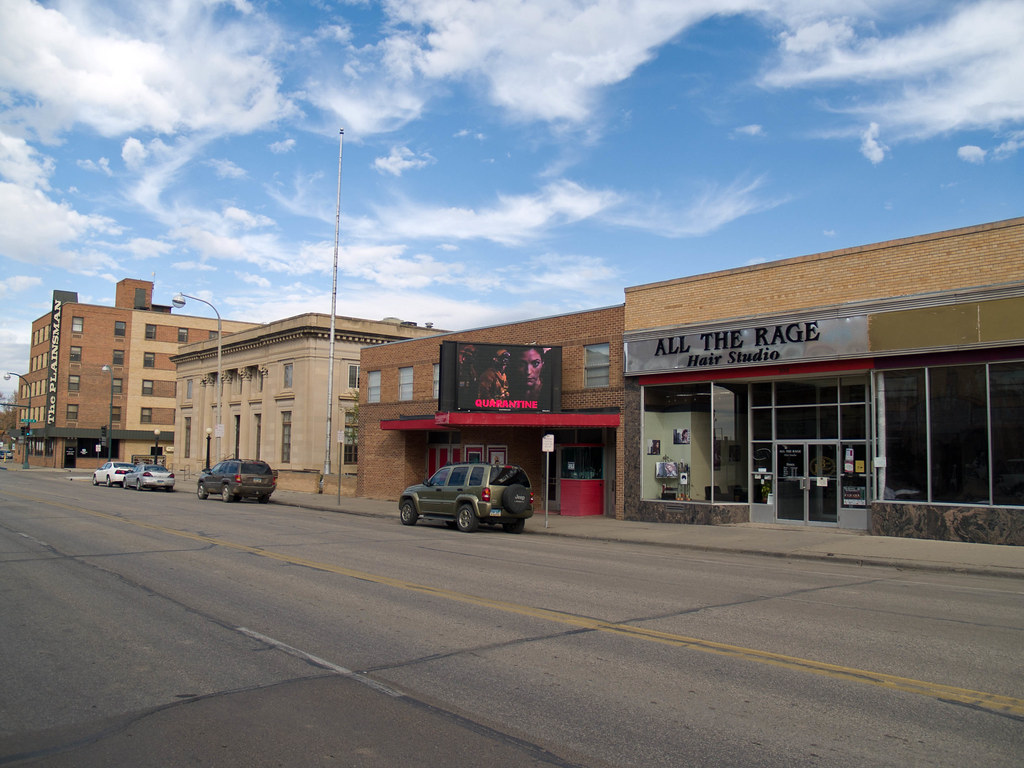
Williston is a bustling city located in Williams County, North Dakota, United States, and serves as the county seat. As of the 2020 census, the city’s population was 29,160, making it the sixth-most populous city in North Dakota. Williston’s population has nearly doubled between 2010 and 2020, largely due to the North Dakota oil boom.
The city is known for its robust economy, which is largely driven by the oil and gas industry. Williston is also home to Williston State College, a two-year community college that offers a variety of degree and certificate programs. The city is also proud to host the Miss North Dakota Scholarship Pageant, which is held annually.
Williston’s daily newspaper is the Williston Herald, which provides local news and information to the community. Overall, Williston is an energetic city with a strong economy, and it continues to attract new residents and businesses with its excellent infrastructure.
Dickinson
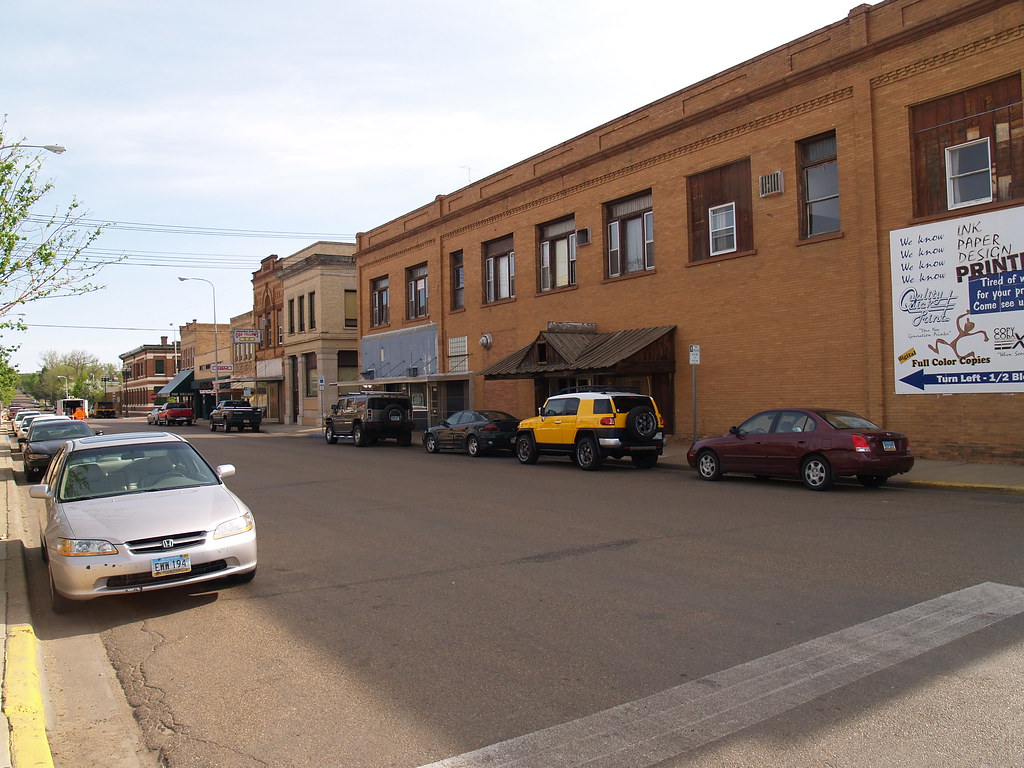
Dickinson is a vibrant city located in Stark County, North Dakota, United States, and serves as the county seat. The population was 25,679 at the 2020 census, making it the 7th most populous city in North Dakota. Dickinson is home to the Ukrainian Cultural Institute, which has a museum and holds events year-round for the local Ukrainian community. Western North Dakota has a high concentration of people of Ukrainian descent.
Since the North Dakota oil boom, the city has become one of the fastest-growing cities in the United States, with an estimated population of 25,679 according to the 2020 census. However, other sources have estimates of the population at 33,646 or possibly exceeding 35,000. The rapid growth of the city has led to an increase in crime and homelessness within the city limits.
Dickinson is the principal city of the Dickinson Micropolitan Statistical Area, which covers Billings and Stark counties, and had a combined population of 34,591 at the 2020 census. Overall, Dickinson is a wonderful city with a rich heritage, and it continues to draw in residents and businesses with its wonderful potential and opportunities.
Mandan

Mandan is a charming city located on the eastern border of Morton County and the eighth-most populous city in North Dakota. Founded in 1879 on the west side of the upper Missouri River, it was designated in 1881 as the county seat of Morton County. As of the 2020 census, the population was 24,206.
Across the Missouri River from Bismarck, Mandan is a core city of the Bismarck-Mandan Metropolitan Statistical Area. The city is known for its rich history and cultural heritage, with several historic sites and museums that showcase the area’s Native American and pioneer past.
Mandan is also home to several parks and recreational areas, including Fort Abraham Lincoln State Park, which features hiking trails, camping sites, and a reconstructed Native American earth lodge village. Overall, Mandan is a welcoming city with a strong sense of community and an exciting heritage.
Jamestown

Jamestown is a charming city located in Stutsman County, North Dakota, United States, and serves as the county seat. As of the 2020 census, the population was 15,849, making it the ninth most populous city in North Dakota.
Jamestown was founded in 1883 and is home to the University of Jamestown, a private liberal arts college that offers a variety of undergraduate and graduate programs. The city is known for its rich history and cultural heritage, with several historic sites and museums that showcase the area’s pioneer past.
Jamestown is also home to several parks and recreational areas, including the Jamestown Reservoir, which offers fishing, boating, and other outdoor activities. Jamestown is an attractive city with a keen community spirit and a marvelous atmosphere.
Wahpeton
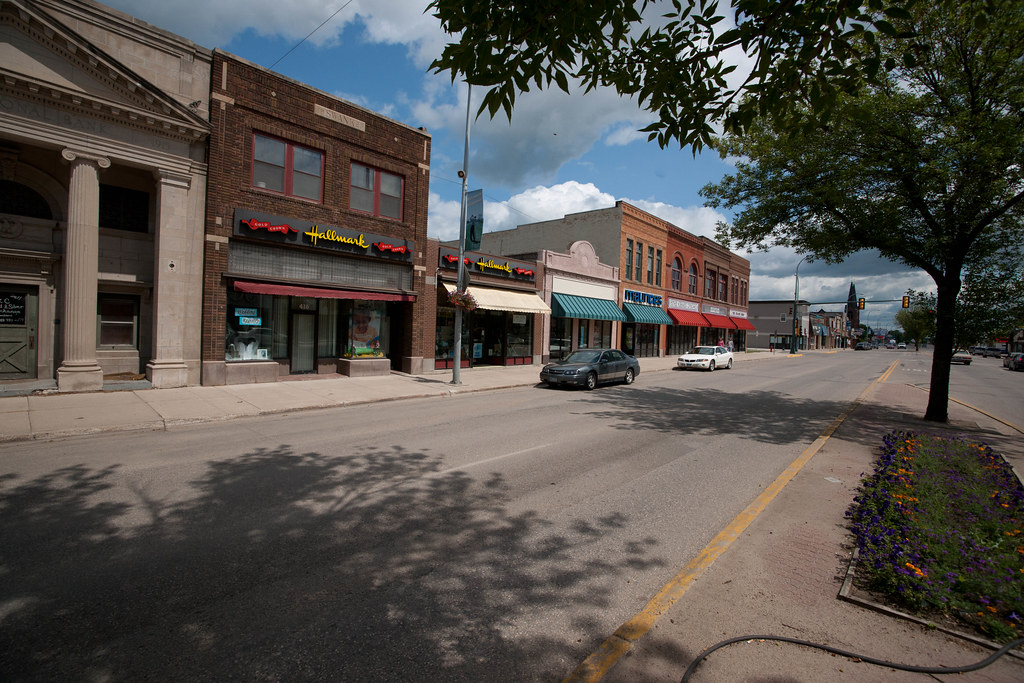
Wahpeton is a charming city located in Richland County, in southeast North Dakota, along the Bois de Sioux River at its confluence with the Otter Tail River, which forms the Red River of the North. As of the 2020 census, the population was 8,007, and Wahpeton serves as the county seat of Richland County.
The city was founded in 1869 and is the principal city of the Wahpeton Micropolitan Statistical Area, which includes all of Richland County, North Dakota, and Wilkin County, Minnesota. Wahpeton’s twin city is Breckenridge, Minnesota, located on the other side of the river. The Bois de Sioux River and the Otter Tail River join at Wahpeton and Breckenridge to form the Red River of the North.
The North Dakota State College of Science is located in Wahpeton, offering a variety of degree and certificate programs. The local newspaper is the Wahpeton Daily News, which provides local news and information to the community. Wahpeton continues to attract new residents and businesses with its excellent amenities and opportunities.
Devils Lake
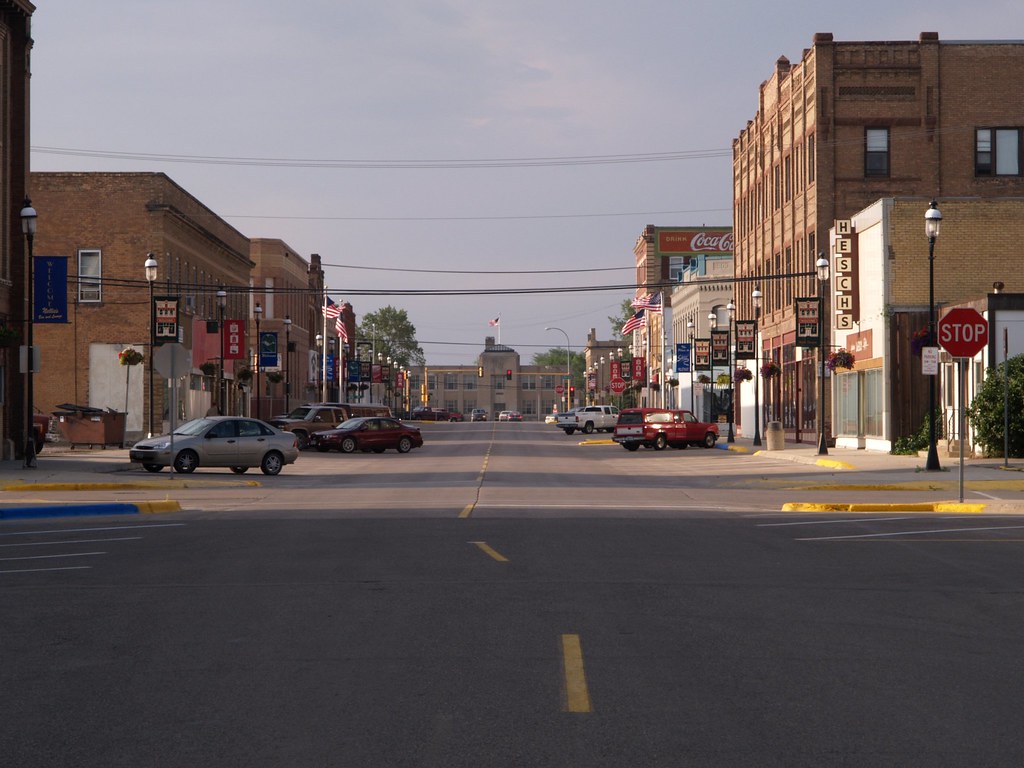
Devils Lake is a picturesque city located in Ramsey County, North Dakota, United States, and serves as the county seat. As of the 2020 census, the population was 7,192. The city is named after the nearby body of water called Devils Lake, which is a popular destination for fishing and other outdoor activities.
The first house built by a Euro-American settler was in 1882, and the city was surveyed in 1883 and named Creelsburg and later Creel City, after the surveyor, Heber M. Creel. In 1884, it was renamed Devils Lake. The local newspaper is the Devils Lake Journal, which provides local news and information to the community.
Devils Lake Municipal Airport serves the city, providing convenient access for visitors and residents alike. Devils Lake is also home to Lake Region State College and the North Dakota School for the Deaf, both of which offer a variety of degree and certificate programs.
Valley City
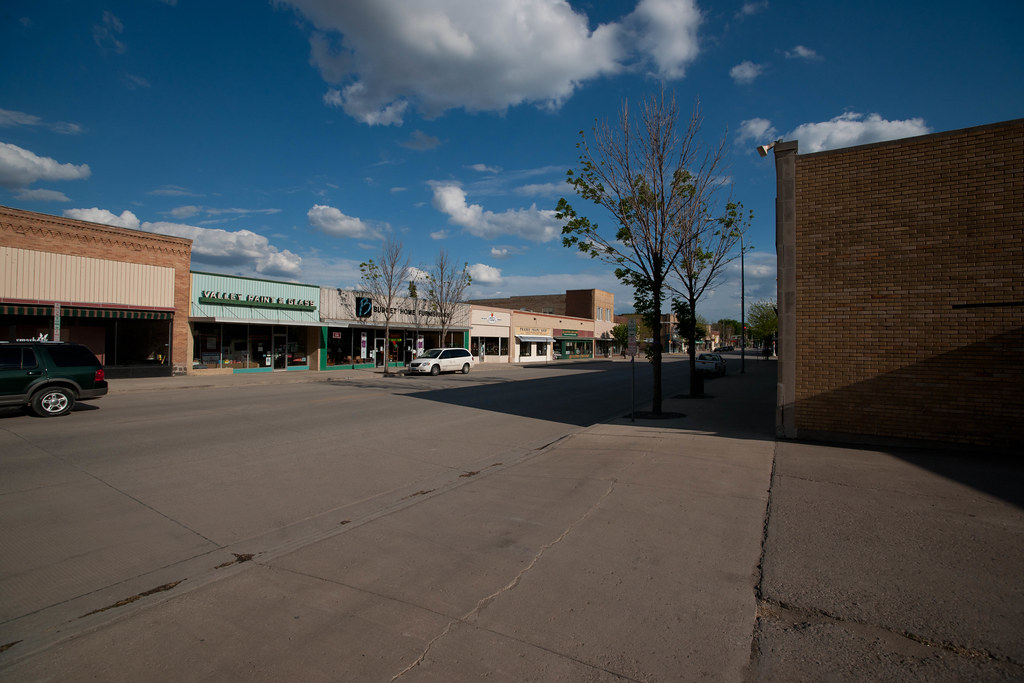
Valley City is a charming city located in Barnes County, North Dakota, United States, and serves as the county seat. As of the 2020 census, the population was 6,575, making it the 12th largest city in North Dakota. The city was founded in 1874 and is known for its many bridges over the Sheyenne River, including the Hi-Line Railroad Bridge. These bridges have earned it the nickname “City of Bridges”.
The city is also home to Valley City State University, a public university that offers a variety of undergraduate and graduate programs. Additionally, the North Dakota High School Activities Association (NDHSAA) is headquartered in Valley City.
The city is known for its robust sense of community and its commitment to education and athletics. Overall, Valley City is a great city with huge potential, and it continues to pull in new people and businesses with its welcoming spirit and strong infrastructure.
Watford City
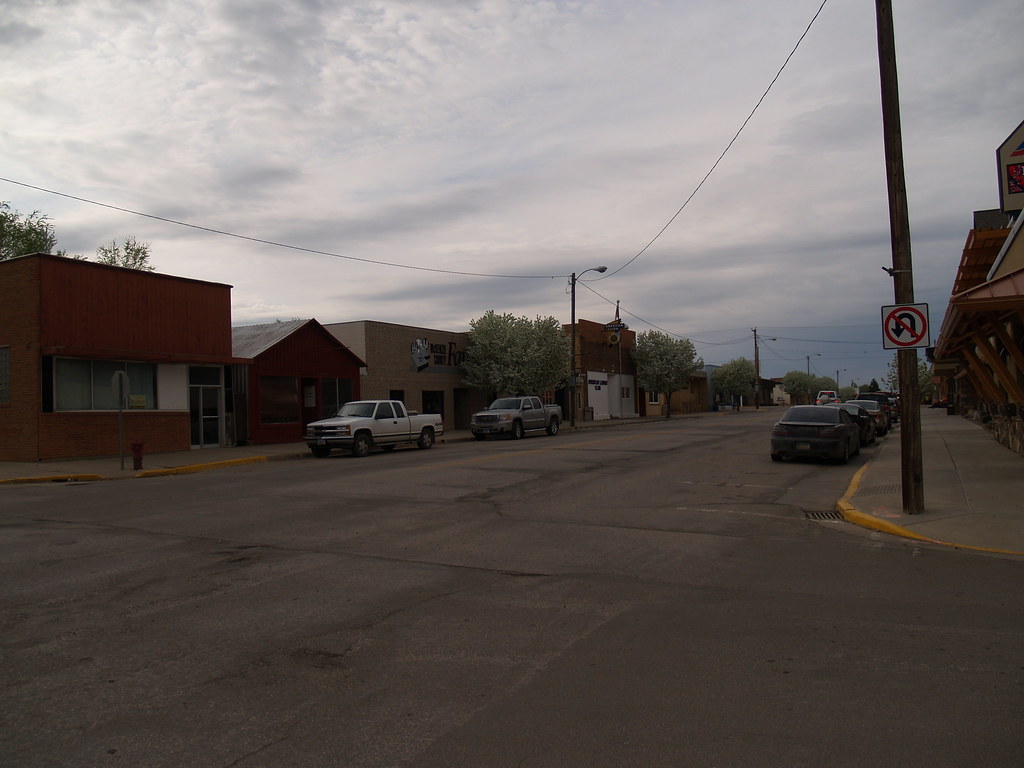
Watford City, also known as abaʔaruʔush in Hidatsa, is a vibrant city located in McKenzie County, North Dakota, United States, and serves as the county seat. Founded in 1914, the city has a rich history and cultural heritage. As of the 2020 census, the population was 6,207, making it the thirteenth largest city in North Dakota.
Watford City is part of the Bakken field, and the North Dakota oil boom has significantly increased population and construction since the 2010 census. The city is home to the main offices of Frontier Energy Group, First International Bank, and the headquarters of McKenzie Electric Cooperative.
The local newspaper is the McKenzie County Farmer, which provides local news and information to the community. Watford City is a characterful city with a bustling economy, and it continues to attract new settlers and businesses from all over the area.
Minot
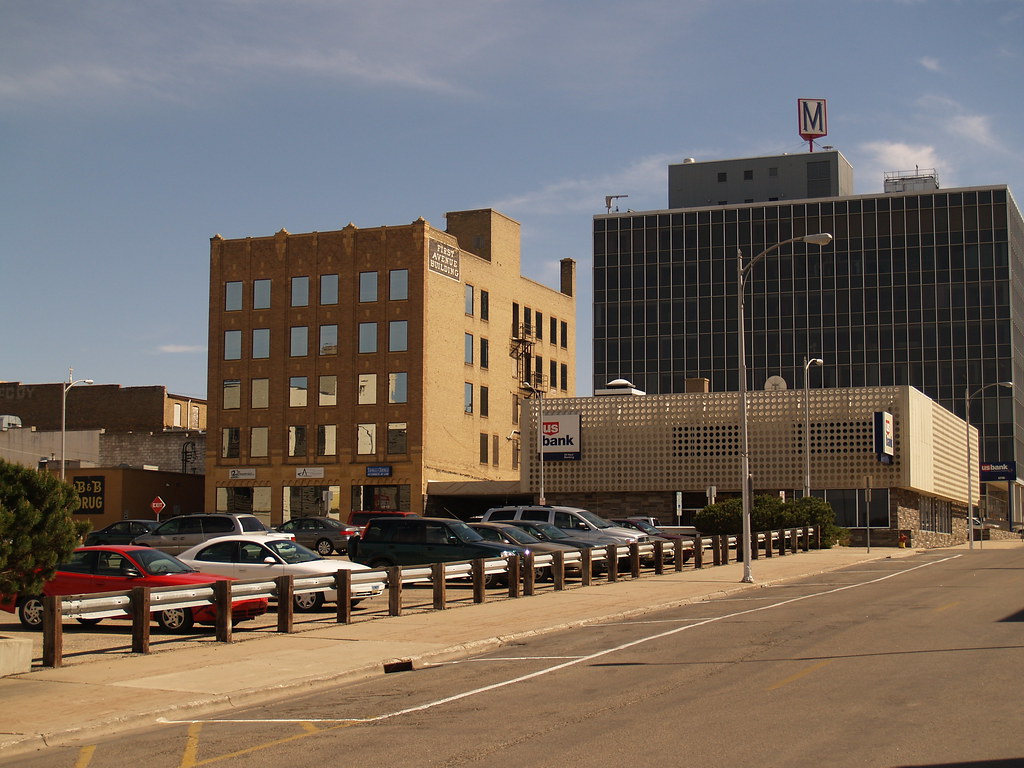
Minot is a vibrant city located in the north-central region of North Dakota, United States, and serves as the county seat of Ward County. With a population of 48,377 as of the 2020 census, Minot is the state’s fourth-most populous city and a trading center for a large part of northern North Dakota, southwestern Manitoba, and southeastern Saskatchewan.
The city is most widely known for the Air Force base located approximately 15 miles north of the city. Minot was founded in 1886 during the construction of James J. Hill’s Great Northern Railway and is also known as “Magic City”, commemorating its remarkable growth in size over a short time.
The city is the principal city of the Minot micropolitan area, which covers McHenry, Renville, and Ward counties and had a combined population of 77,546 at the 2020 census. Overall, Minot is a thriving city with a strong economy and a bright future, and it continues to attract new residents and businesses with its excellent amenities and opportunities.
Lincoln
Lincoln is a charming city located in Burleigh County, North Dakota, United States, and serves as a suburb of adjacent Bismarck. It is also a core city of the Bismarck-Mandan Metropolitan Statistical Area. As of the 2020 census, the population was 4,257, making it the fourteenth largest city in North Dakota.
Lincoln was founded in 1977 and has since grown into a prosperous community. The city is known for its excellent schools, parks, and recreational areas, including the Lincoln Community Center, which offers a variety of programs and activities for residents of all ages. Overall, Lincoln is a wonderful place to live, work, and play.
Horace
Horace is a charming city located in Cass County, North Dakota, United States, and serves as a suburb of the Fargo-Moorhead metropolitan area. As of the 2020 census, the population was 3,085, making it the sixteenth-largest city in North Dakota. Horace was founded in 1882 at a time of widespread European-American settlement in the territory.
The city is known for its excellent schools, parks, and recreational areas, including the Horace Community Center, which offers a variety of programs and activities for residents of all ages. Overall, Horace is a great choice for anyone looking for a small-town feel with easy access to the amenities of a larger city.
Grafton

Grafton is a historic city located in the State of North Dakota and serves as the county seat of Walsh County. As of the 2020 Census, the city had a population of 4,170, making it the fifteenth-largest city in North Dakota. Grafton was founded in 1881 and has a rich history and cultural heritage.
The city is known for its beautiful architecture, including the Walsh County Courthouse, which is listed on the National Register of Historic Places. Grafton also has a strong agricultural heritage and is home to several farms and agricultural businesses.
The city has excellent schools, parks, and recreational areas, including the Leistikow Park and the Walsh County Historical Museum. Overall, Grafton is a charming city with a strong sense of community and a bright future, and it continues to attract new residents and businesses with its excellent amenities and opportunities.
Beulah
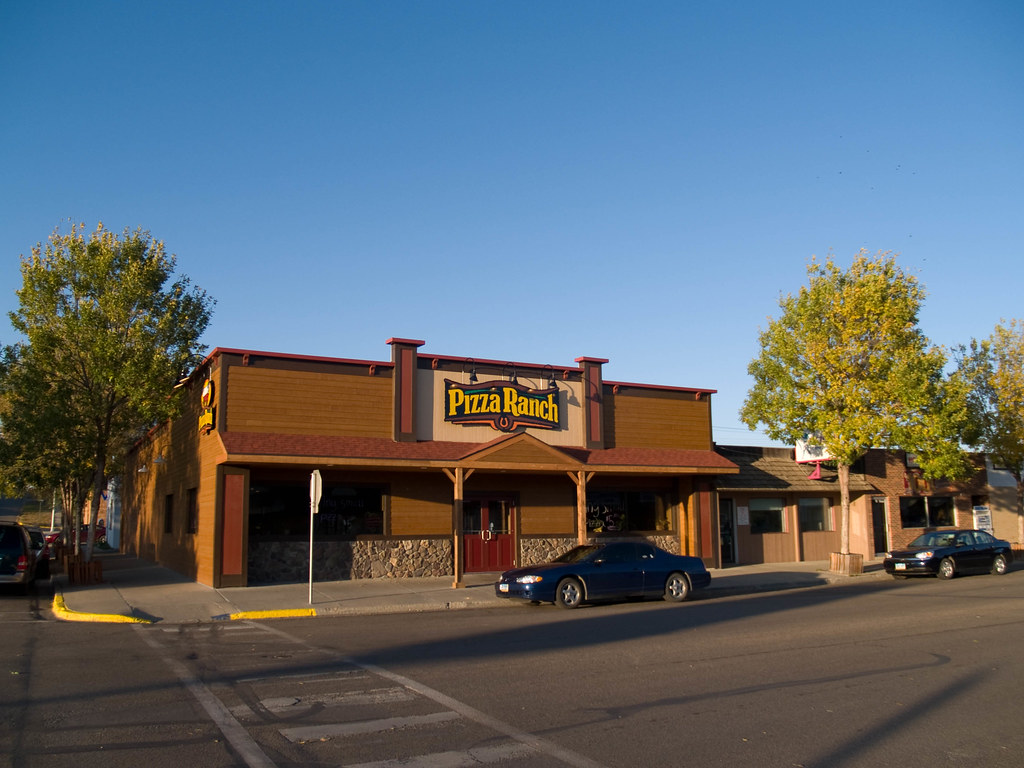
Beulah is a charming town located in Mercer County, North Dakota, United States. As of the 2020 census, the population was 3,058, making it a small but tight-knit community. Beulah is home to the Dakota Gasification Company, which is one of the largest employers in the area and produces synthetic natural gas from lignite coal.
The town is also located near the largest lignite mine in the United States, which is owned by the North American Coal Corporation. Beulah has a welcoming sense of community and is known for its excellent schools, parks, and recreational areas, including the Beulah Water Park and the Beulah Civic Center.
Grand Forks
Grand Forks is a vibrant city located on the western banks of the north-flowing Red River of the North, in a flat region known as the Red River Valley. It is the 3rd most populous city in the U.S. state of North Dakota, after Fargo and Bismarck, and serves as the county seat of Grand Forks County. According to the 2020 census, the city’s population was 59,166.
Grand Forks, along with its twin city of East Grand Forks, Minnesota, forms the center of the Grand Forks, ND-MN Metropolitan Statistical Area, which is often called Greater Grand Forks or the Grand Cities. The city is known for its rich history and cultural heritage, and it has a diverse economy that includes higher education, defense, health care, manufacturing, food processing, and scientific research.
The city’s University of North Dakota is the oldest institution of higher education in the state. The Alerus Center and Ralph Engelstad Arena host athletic and other events, while the Empire Arts Center and Chester Fritz Auditorium are the city’s largest cultural venues.
However, the city is also prone to flooding, and the Red River Flood of 1997 devastated the city. Overall, Grand Forks is a burgeoning city with a robust economy, and it continues to draw in new people and businesses with its excellent infrastructure and potential.
New Town
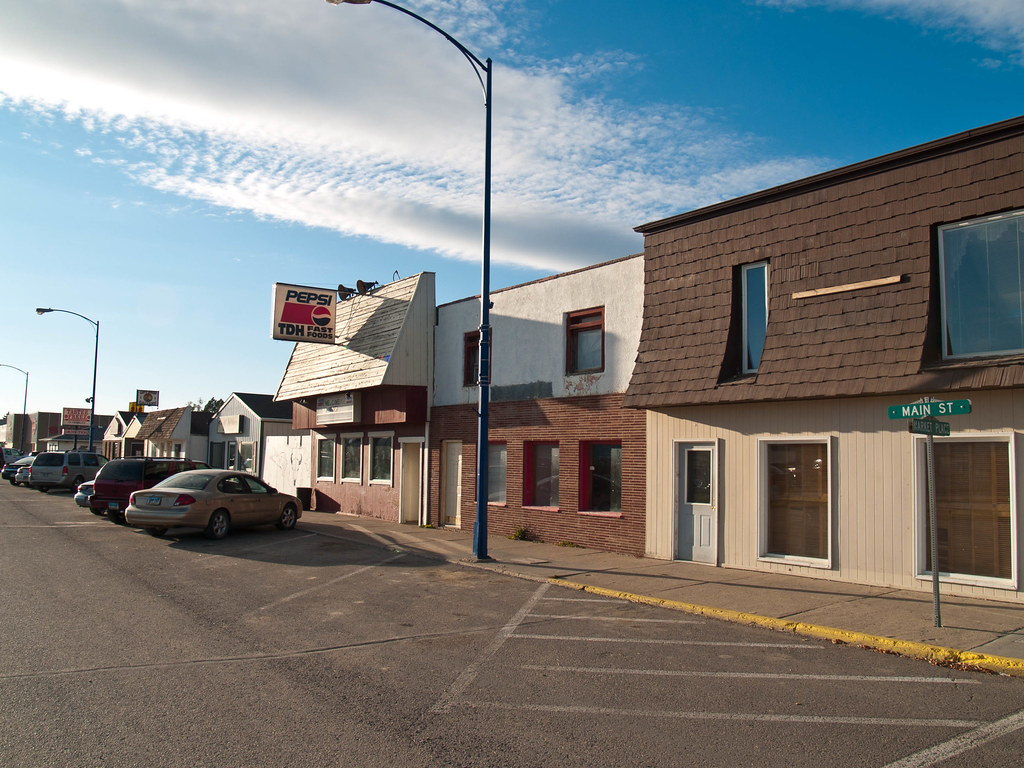
New Town is a charming city located in Mountrail County, North Dakota. As of the 2020 census, the population was 2,764, making it the 18th largest city in North Dakota. New Town was platted in 1950 as a replacement site for the residents of Sanish and Van Hook, which were scheduled to be flooded by the creation of Lake Sakakawea, a reservoir to provide water for irrigation.
The city is the largest city and the administrative center of the Fort Berthold Reservation, and it is home to Fort Berthold Community College. New Town is located on State Highway 23 at the crossing of Lake Sakakawea by the Four Bears Bridge. The city is known for its excellent schools, parks, and recreational areas, including the New Town Marina and the New Town Golf Course.
Rugby
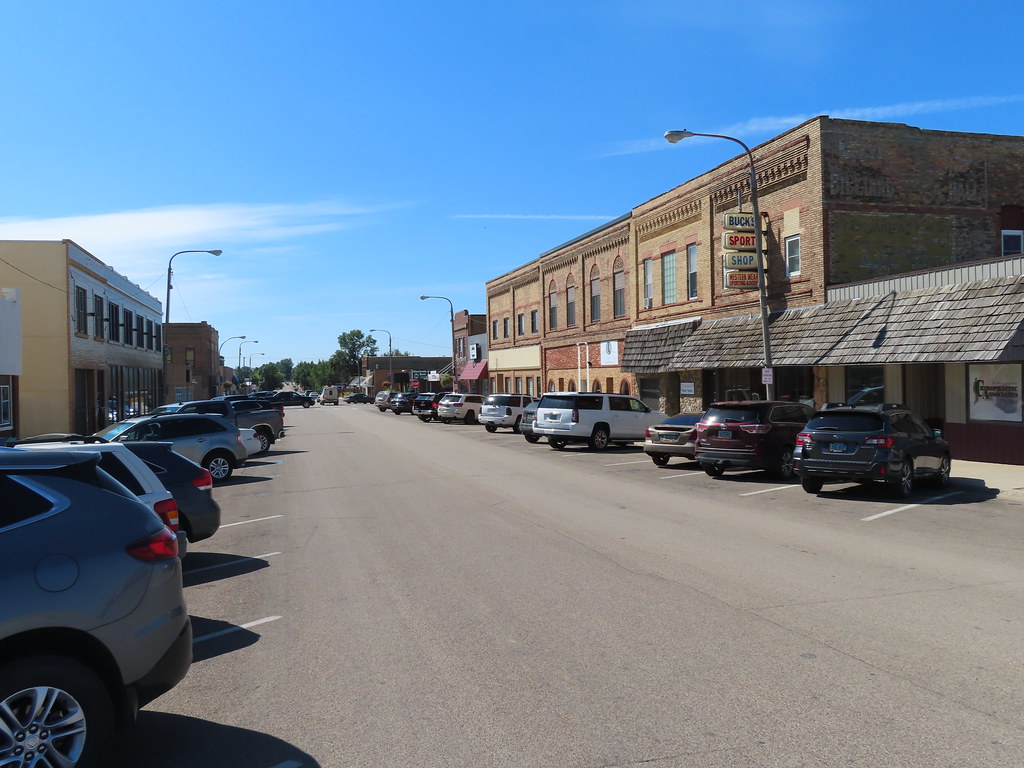
Rugby is a picturesque city located in Pierce County, North Dakota, United States, and serves as the county seat. As of the 2020 census, the population was 2,509, making it the 19th largest city in North Dakota. Rugby was founded in 1886 and has a rich history and cultural heritage.
The city is often billed as the geographic center of North America, which has made it a popular destination for tourists from all over the world. Rugby is known for its excellent schools, parks, and recreational areas, including the Rugby Riverside Park and the Prairie Village Museum.
The city is also home to several businesses and industries, including agriculture, manufacturing, and healthcare. Overall, Rugby is a charming city with a friendly community and an energetic spirit, complete with great amenities and cultural hotspots.
Casselton
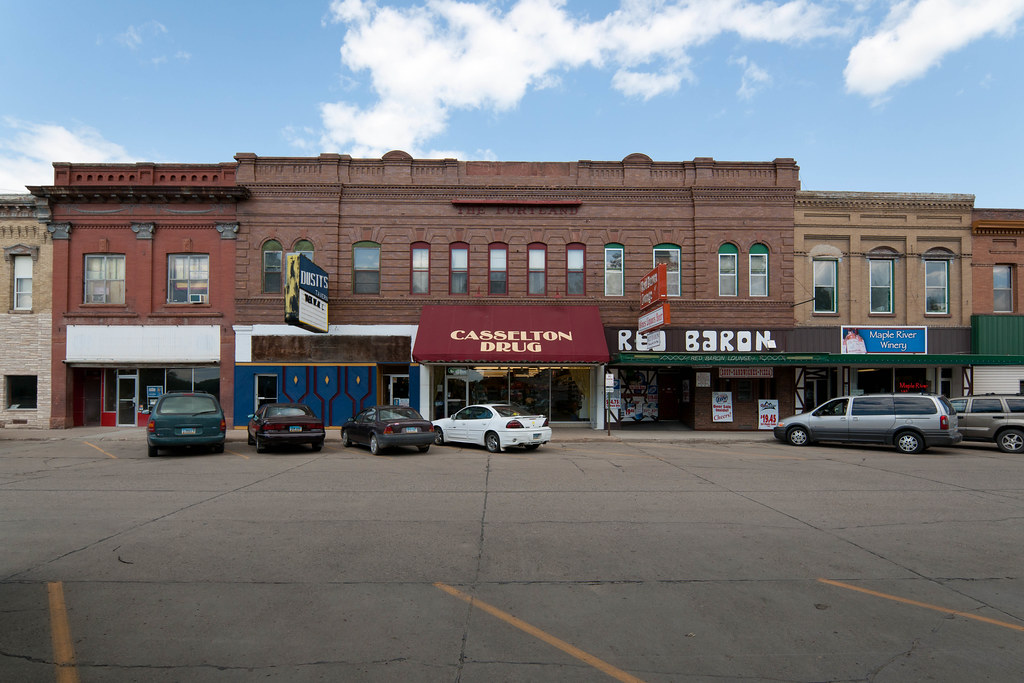
Casselton is a charming city located in Cass County, North Dakota, United States. As of the 2020 census, the population was 2,479, making it the 20th largest city in North Dakota. Casselton was founded in 1876 and has a rich history and cultural heritage. The city is named in honor of George Washington Cass, a president of the Northern Pacific Railway, which established a station there in 1876 to develop a town for homesteaders.
Casselton is known for its marvelous schools, parks, and recreational areas, including the Central Park and the Casselton Community Golf Course. The city is also the hometown of five North Dakota governors, which has helped to shape its political and cultural identity.
Casselton has a strong local community and a bright future, and it continues to attract new residents and businesses with its excellent opportunities. Overall, Casselton is a great choice for anyone looking for a small-town feel with easy access to the amenities of a larger city.
Interstates
Interstate 29
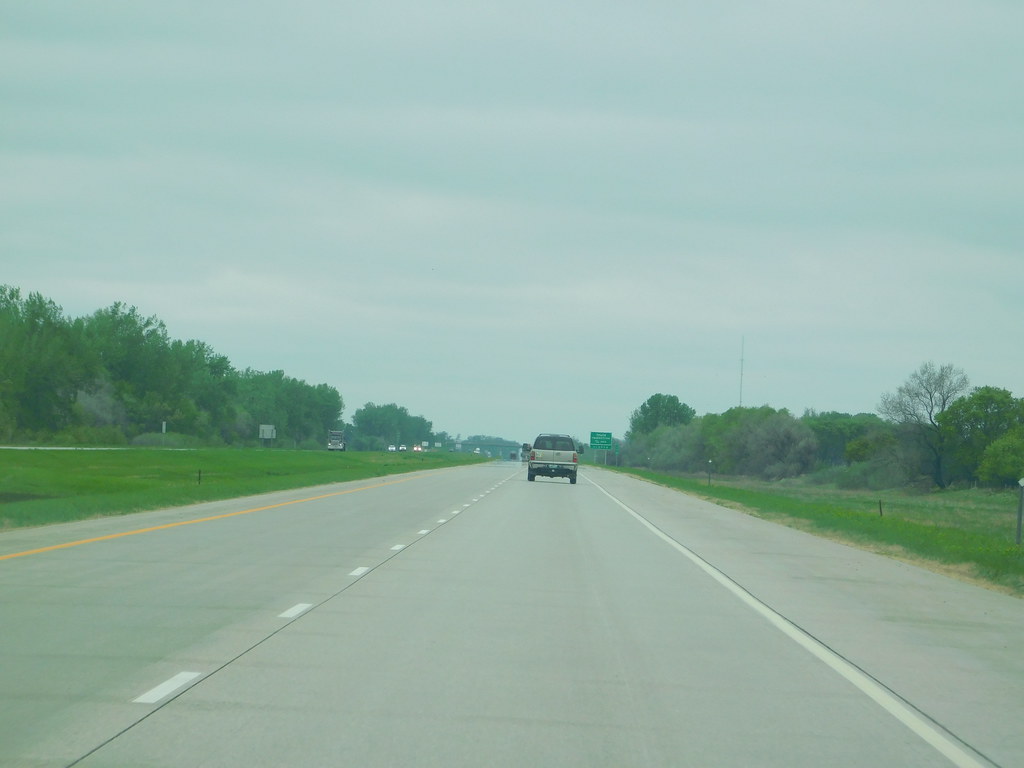
Interstate 29 (I-29) is a major highway in the US state of North Dakota, running from the state’s southern border with South Dakota near Hankinson to the Canadian border just north of Pembina. The highway runs concurrently twice with U.S. Highway 81 (US 81), first from Watertown, South Dakota, across the state line to Manvel, and then from exit 203 to the Canadian border.
I-29 runs somewhat parallel to the Minnesota border to the east and passes through two major cities, Fargo and Grand Forks. The highway is an important transportation route for both commuters and commercial traffic, connecting North Dakota with neighboring states and Canada.
The highway also provides access to important cultural and recreational destinations in North Dakota, including museums, parks, and historical sites. Overall, I-29 is a vital part of North Dakota’s transportation infrastructure and plays a critical role in the state’s economy and quality of life.
Interstate 94
Interstate 94 (I-94) is a major highway that runs east-west for 352.4 miles (567.1 km) through the southern half of the US state of North Dakota, from the Montana state line east to the Red River at Fargo. The route generally follows the path of the Northern Pacific Railway, which played a significant role in the development of North Dakota in the late 19th and early 20th centuries.
I-94 is an important transportation route for both commuters and commercial traffic, connecting North Dakota with neighboring states and providing access to important cultural and recreational destinations in the state.
The highway passes through several major cities in North Dakota, including Bismarck, Mandan, Jamestown, and Fargo, and it is a vital part of the state’s transportation infrastructure. Overall, I-94 plays a critical role in North Dakota’s economy and quality of life, and it is an essential component of the state’s transportation network.
Highways
Route 2
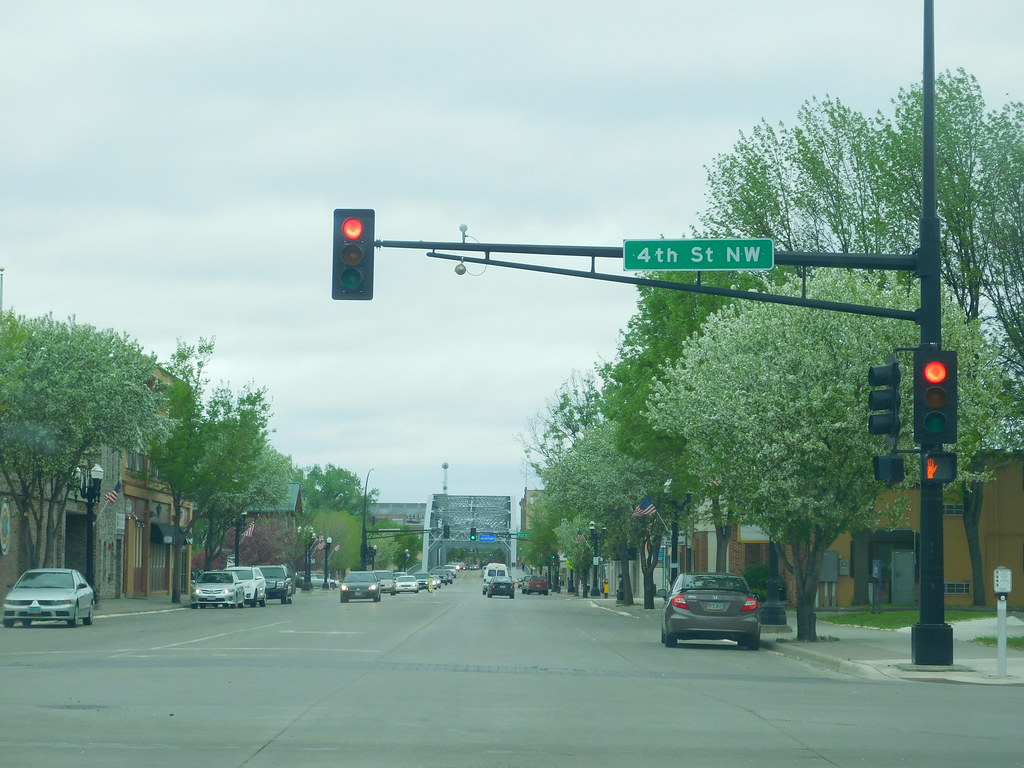
U.S. Highway 2 (US 2) is a major route in North Dakota, stretching 358.090 miles (576.290 km) from the Montana state line east to the Red River at Grand Forks. The highway connects several major cities in North Dakota, including Williston, Minot, and Grand Forks, and it is a vital transportation route for both commuters and commercial traffic. Of the 358 miles (576 km) of US 2 in North Dakota, all but the westernmost 12 miles (19 km) have four lanes, which helps to facilitate traffic flow and reduce congestion.
The highway passes through a diverse range of landscapes and terrain, including rolling prairies, rugged badlands, and scenic river valleys, offering travelers a taste of the natural beauty of North Dakota. Overall, US 2 is a vital part of North Dakota’s transportation infrastructure, connecting the state with neighboring states and providing access to important cultural and recreational destinations.
Route 12
U.S. Route 12 (US 12) is an important highway that runs through the state of North Dakota, extending from the Montana border in the west to the South Dakota border in the east. As a part of the United States Numbered Highway System, US 12 connects several major cities in North Dakota, including Bowman, Hettinger, and Lemmon, and it is an essential transportation route for both commuters and commercial traffic.
The highway passes through a diverse range of landscapes and terrain, including rolling prairies, rugged badlands, and scenic river valleys, offering travelers a glimpse into the natural beauty of North Dakota. Overall, US 12 is a key part of North Dakota’s transportation infrastructure, connecting the state with neighboring states and providing links to important cultural and recreational sites.
Route 52
U.S. Highway 52 (US 52) is a major highway that runs through the state of North Dakota, stretching 362 miles (583 km) from the Canada-United States border in the west to the Red River at Fargo in the east. The highway connects several major cities in North Dakota, including Minot and Fargo, and it is an important transportation route for both commuters and commercial traffic.
US 52 travels concurrently with Interstate 94 (I-94) between Jamestown and the Minnesota state line, which helps to facilitate traffic flow and reduce congestion. The highway passes through a diverse range of landscapes and terrain, including rolling prairies, rugged badlands, and scenic river valleys, offering travelers a view of the natural beauty of North Dakota. Overall, US 52 is a vital part of North Dakota’s transportation infrastructure, connecting the state with neighboring states and providing a channel to key cultural and recreational hotspots.
Route 81
U.S. Route 81 (US 81) is a major highway that runs through the state of North Dakota, stretching from the South Dakota border in the south to the Canada-United States border in the north. As a part of the U.S. Highway System, US 81 connects several major cities in North Dakota, including Fargo, Grand Forks, and Grafton, and it is a vital transportation route for both commuters and commercial traffic.
The highway passes through a diverse range of landscapes and terrain, including rolling prairies, rugged badlands, and scenic river valleys, offering travelers a sight of the natural beauty of North Dakota. Overall, US 81 is a vital part of North Dakota’s transportation infrastructure, connecting the state with neighboring states and providing a link to important cultural and recreational areas.
Route 83
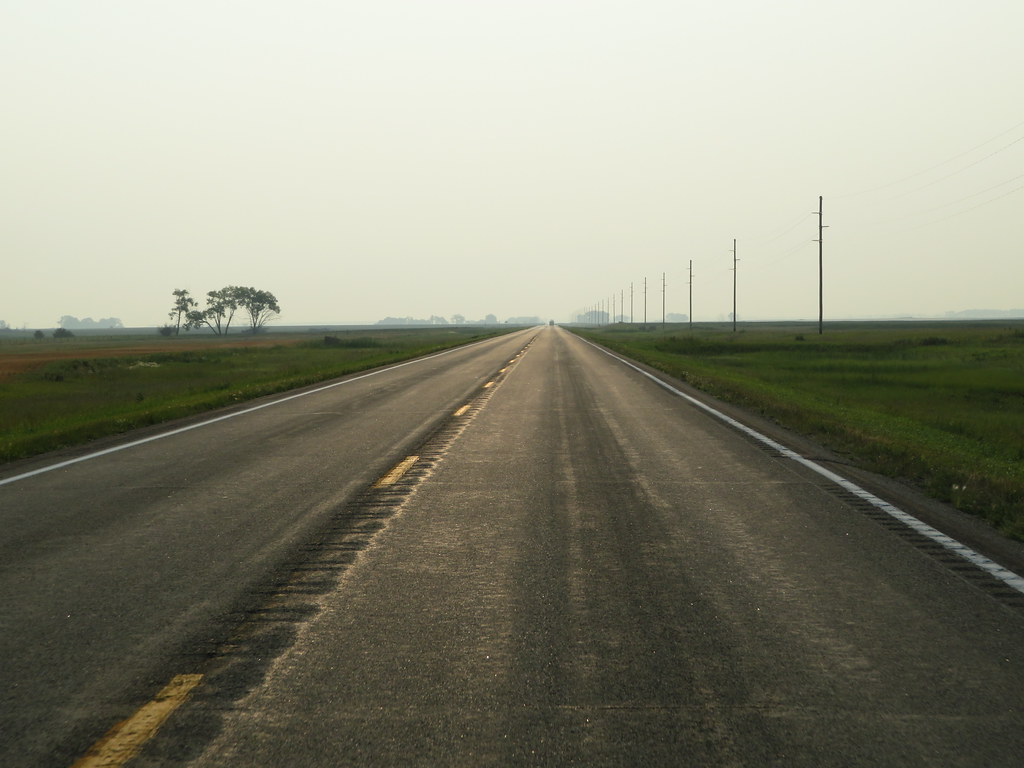
U.S. Route 83 (US 83) is a major highway that runs through the state of North Dakota, stretching from the South Dakota border in the south to the Canada-United States border in the north. As a part of the U.S. Highway System, US 83 connects several major cities in North Dakota, including Bismarck, Minot, and Bottineau, and it is a principal transportation route for both commuters and commercial traffic.
The highway passes through a diverse range of landscapes and terrain, including rolling prairies, rugged badlands, and scenic river valleys, offering travelers a view of the natural beauty of North Dakota. Overall, US 83 is a vital part of North Dakota’s transportation infrastructure, connecting the state with neighboring states and providing access to important cultural and recreational destinations.
Route 85
U.S. Route 85 (US 85) is an important highway that runs through the state of North Dakota, stretching from the South Dakota state line in the south to the Canadian border in the north. As a part of the U.S. Highway System, US 85 connects several major cities in North Dakota, including Bowman, Williston, and Watford City, and it is an essential transportation route for both commuters and commercial traffic.
The highway passes through a diverse range of landscapes and terrain, including rolling prairies, rugged badlands, and scenic river valleys, offering travelers a glimpse into the natural beauty of North Dakota. Overall, US 85 is a vital part of North Dakota’s transportation infrastructure, connecting the state with neighboring states and providing a link to the local cultural and recreational destinations.
Route 281
U.S. Route 281 (US 281) is a significant highway that runs through the state of North Dakota, stretching from the South Dakota state line south of Ellendale in the south to the North Dakota-Manitoba border in the north. As a part of the U.S. Highway System, US 281 connects several major cities in North Dakota, including Jamestown, Carrington, and Devils Lake, and it is a chief transportation channel for both commuters and commercial traffic.
The highway passes through a diverse range of landscapes and terrain, including rolling prairies, scenic river valleys, and rugged badlands, offering travelers a taste of the natural beauty of North Dakota. Overall, US 281 is a vital part of North Dakota’s transportation infrastructure, connecting the state with neighboring states and providing access to exciting cultural and recreational areas.

